Happy Halloween Ya’ll!
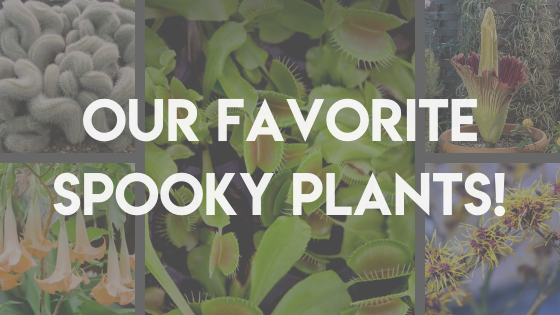
To celebrate the spookiest time of the year we picked out some of our favorite freaky plants! These plants are spooky enough for Addams family’s front yard and if that tickles your fancy, take notes!
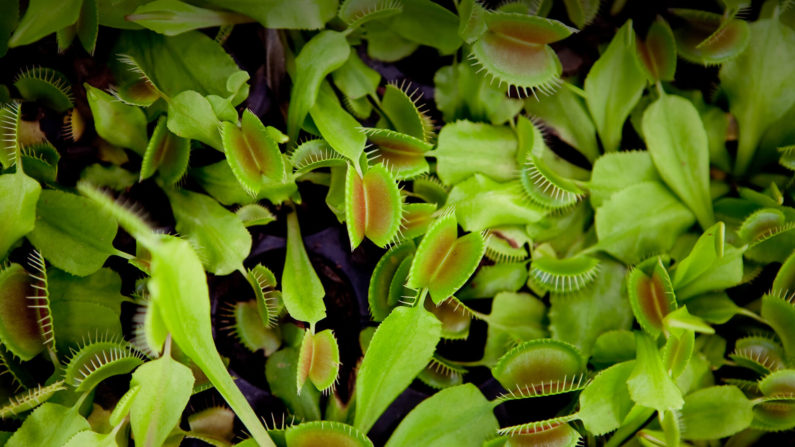
1. Venus Flytrap (Dionaea Muscipula)
Starting with a native to North Carolina, the Venus Flytrap also known as the predator to the plant world. There are a few different types of carnivorous Venus Flytraps but the creepiest are the Dionaea Muscipula with two leaves and toothlike cilla to trap their insect prey from escaping. Their growth is medium, year-round and since they do derive from wetlands they should always be kept damp or wet. Venus Flytrap has a reputation of being hard to handle but as long as you match their native conditions they will thrive!
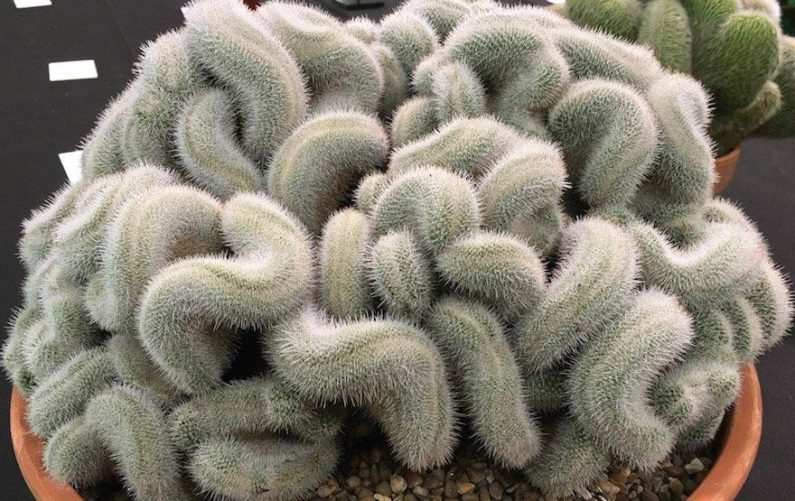
2. Brain Cactus (Mammillaria Elongata Cristata)
Native to Mexico these types of cactus grow in lots of different shapes and sizes, but most distinctive and spooky is the Brain Cactus. The brain-like form of Mammillaria is a result of damage to the plant when it is young. After the damage is done, the cells in the plant go crazy and multiply faster than the normal rate and cause the twisted look. Adding a Brain Cactus to your potted plants’ collection will bring Halloween to your house year-round.
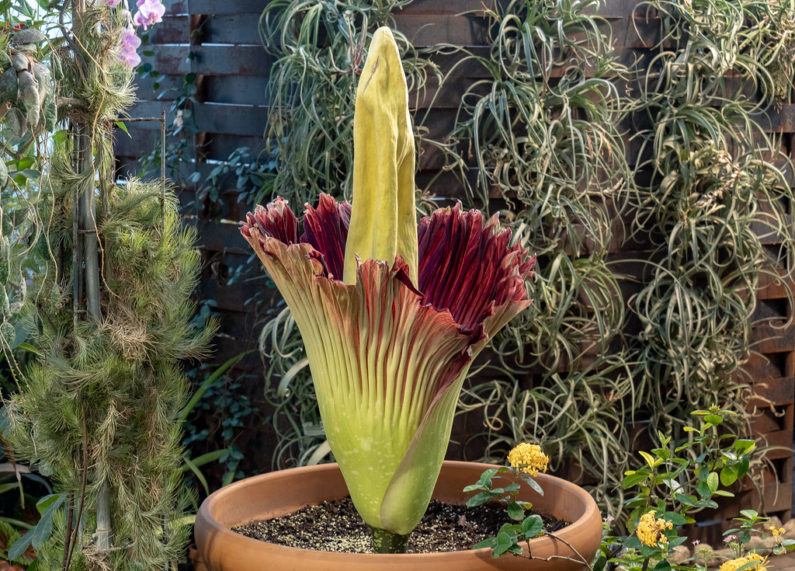
3. Corpse Flower (Amorphophallus Titanum)
This giant plant, that can grow up to 10 feet tall, is actually made up of thousands of flowers. Crazy enough, you’ll probably be able to smell the Corpse Flower before you can see it. The plant is known for smelling like rotting flesh in order to attract pollinators like beetles and flies. These gorgeous and interesting plants usually take off 4–10 years or more between flowerings, making them a major tourist attraction when in bloom.
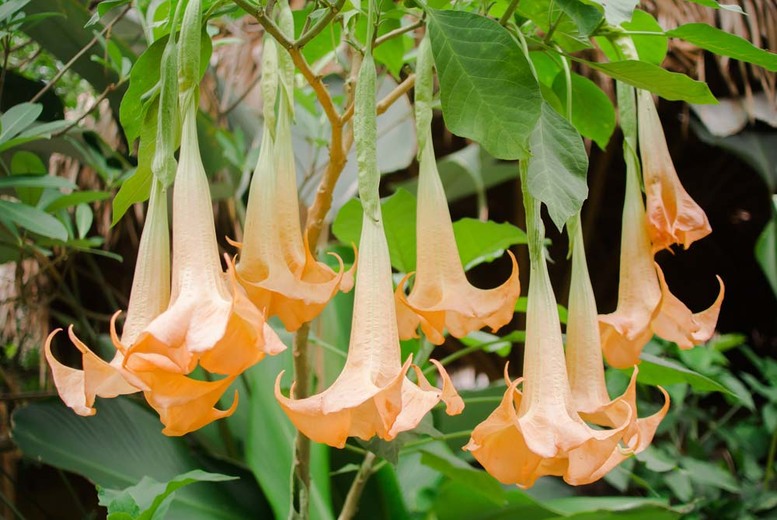
4. Angel’s Trumpet (Brugmansia)
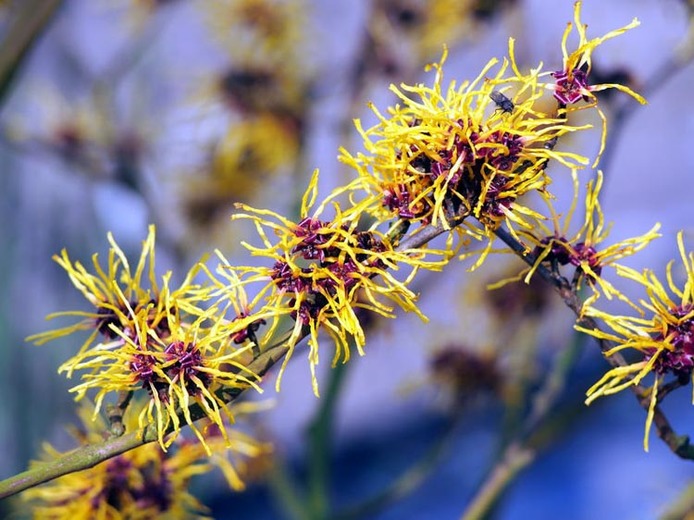
5. Witch Hazel (Hamamelis)
Witch Hazel is basically maintenance-free and resistant to most pests and diseases. Using its extract to make face cleanser is a great way to show off your witchy ways. Witch hazels perform best in full sun or filtered shade in hotter regions and are native to Zones 3-9.

